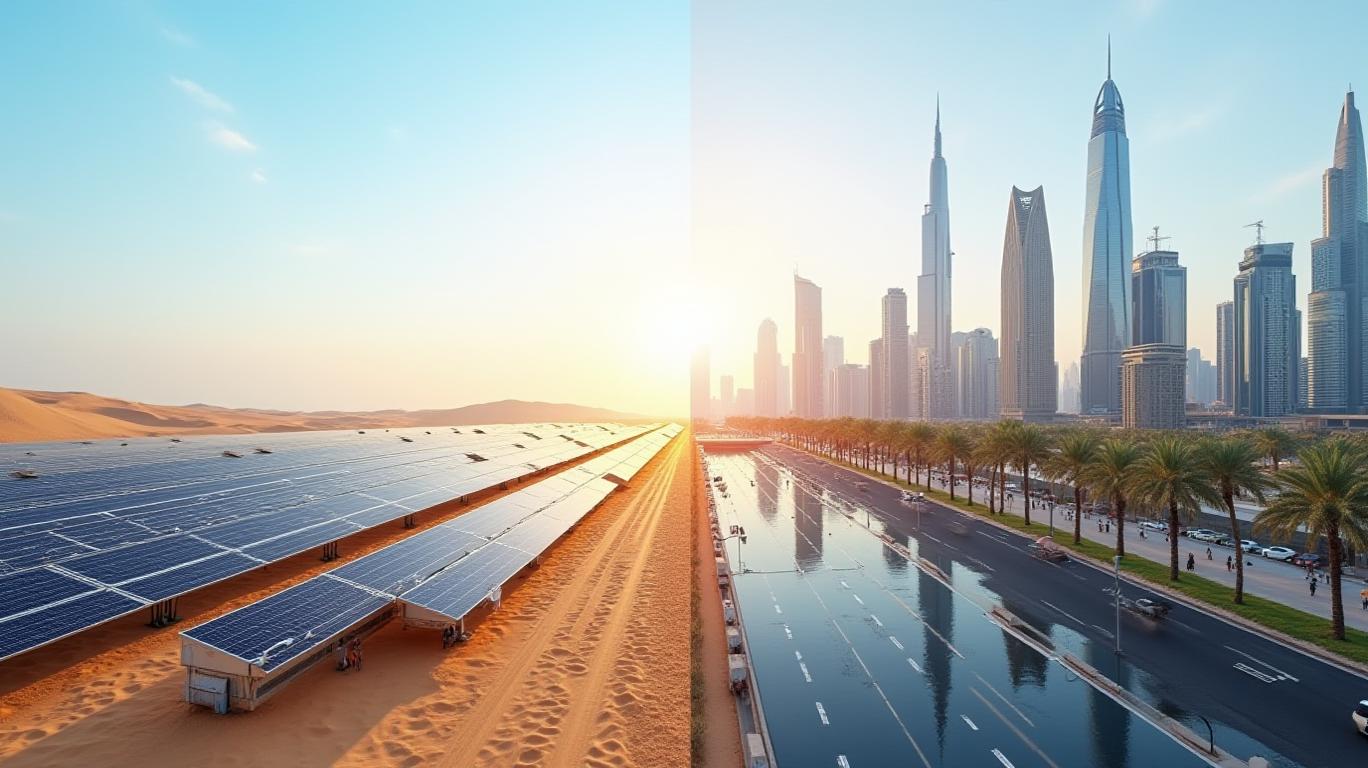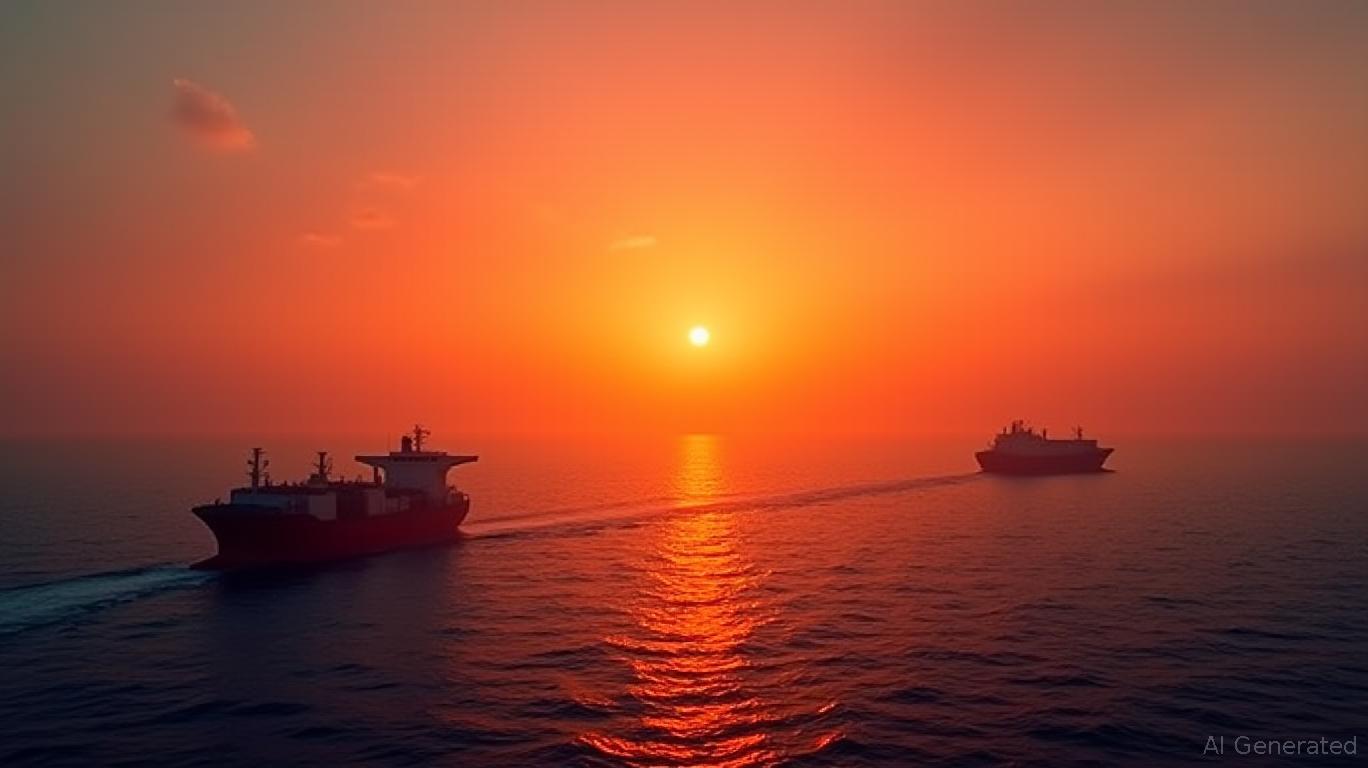Navigating the Middle East's Economic Crossroads: IMF Outlook 2025 and Investment Implications
The Middle East and Central Asia are at a pivotal juncture in 2025, facing a mix of structural challenges and fleeting opportunities. Jihad Azour, Director of the IMF’s Middle East and Central Asia Department, has laid out a cautiously optimistic yet fraught outlook for the region. With growth projections revised downward and risks mounting, investors must parse the data to identify resilient pockets of value amid volatility.
The Regional Growth Conundrum
The IMF forecasts 2.6% GDP growth for the Middle East and Central Asia in 2025, a marked decline from its October 2024 projection of 3.9%. This downward revision reflects a perfect storm of global trade tensions, oil market dynamics, and persistent geopolitical strife. By 2026, growth is expected to inch up to 3.4%, but this remains below pre-pandemic trends.

The story diverges sharply between oil exporters and importers. For oil-exporting economies, voluntary OPEC+ production cuts and softer global demand have squeezed fiscal buffers. Meanwhile, oil importers face a triple threat: higher energy costs, declining remittances, and reduced foreign aid. Egypt, however, stands out as an outlier, with the IMF projecting 3.8% growth in 2025—a testament to its inflation-taming reforms and structural adjustments under its IMF program.
Key Drivers and Risks
- Global Trade Tensions: U.S. tariffs and protectionist policies are stifling regional exports, particularly in sectors like textiles and electronics. The IMF warns that every 1 percentage point drop in global trade growth reduces regional GDP by 0.3%.
Oil Market Volatility: Brent crude prices, which averaged $80/barrel in early 2025, remain below their 2022 peaks. For oil-dependent economies like Saudi Arabia and Iraq, this translates to a $20 billion annual revenue shortfall.
Geopolitical Quagmires: Conflicts in Syria, Yemen, and Libya continue to drain resources. The IMF estimates that prolonged instability could cost the region up to 1.5% GDP growth annually.
- Climate Vulnerabilities: Heatwaves and water scarcity are exacerbating food insecurity, with 15 million people in the MENA region at risk of hunger by 2026.
Investment Opportunities in a Fractured Landscape
Despite the headwinds, three sectors offer promising entry points for investors:
- Renewable Energy: The IMF’s Resilience and Sustainability Trust is financing solar and wind projects across the region. Countries like the UAE and Jordan are targeting 50% renewable energy mixes by 2030, creating demand for infrastructure investments.
Logistics and Tech Hubs: Egypt’s growth is underpinned by its tech corridors (e.g., New Administrative Capital) and logistics zones. Cairo’s IT sector grew 8% YoY in 2024, attracting FDI in fintech and e-commerce.
GCC-CCA Economic Integration: The IMF advocates deeper ties between the Gulf Cooperation Council (GCC) and Central Asia. Energy partnerships and cross-border supply chains could unlock $10 billion in annual trade benefits by 2027.
The Bottom Line: Prudence Amid Uncertainty
Investors must adopt a risk-aware, sector-specific approach to the Middle East in 2025. While oil exporters face near-term fiscal strains, their long-term transition to green energy offers strategic upside. Meanwhile, oil importers like Egypt and Morocco present growth bets in tech and manufacturing—if geopolitical stability can be maintained.
The IMF’s projections underscore a critical truth: regional growth hinges on resolving trade disputes, stabilizing oil markets, and curbing climate risks. For now, the safest bets are in sectors with intrinsic resilience—renewables, tech, and logistics—while avoiding overexposure to politically volatile economies. As the old adage goes, in the Middle East, opportunity and risk are two sides of the same coin.

Final Takeaway: The Middle East’s 2025 growth trajectory is far from assured, but investors who blend patience with strategic focus can navigate the crossroads—and even profit from the chaos.


_442a2dcc1749832873286.jpeg)
_e68fac6d1749831664430.jpeg)






